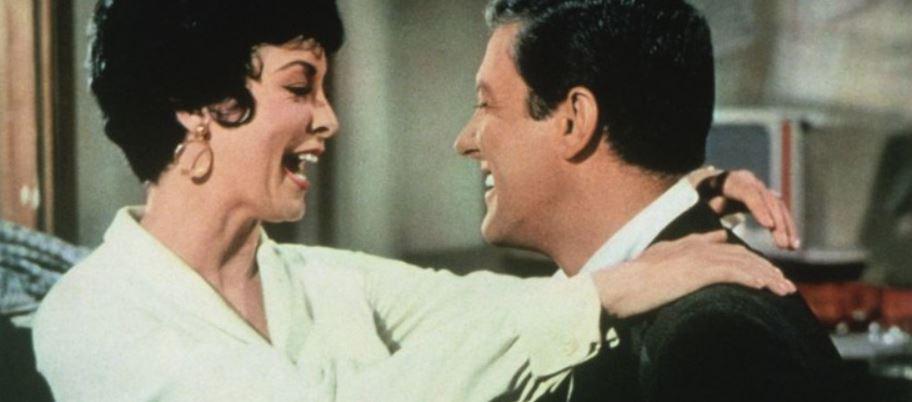‘Power posing’ also boosts confidence in children, new study shows

Parents and teachers worry about children’s self-esteem, and with good reason. They want children to feel loved, confident, and proud of what they do. They hope that healthy self-esteem will propel them to challenge themselves in adulthood and strive for meaningful relationships while avoiding the unhealthy self-esteem devils of depression, harsh self-criticism, and unhealthy life habits.
To that end, parents and teachers shower children with self-esteem boosters. They read children’s books starring confidence protagonists (keep standing tall, Molly Lou Melon). They encourage children to pursue hobbies and extracurricular activities they find fulfilling. And they, of course, heap loving-kindness upon them.
But according to a recent study published in the journal School Psychology International, it’s possible parents and teachers have been overlooking a critical yet obvious source of self-esteem boosting: body posture.

A woman strikes a classic power pose. Research suggests this Wonder Woman pose may bolster her confidence (Batman shirt optional).(Photo: Juhan Sonin/Flickr)
The concept of power posing (a.k.a. postural feedback) became a business world fixation in 2012. That year, social psychologist Amy Cuddy presented a TED Talk detailing her 2010 research with psychologist Dana Carney and Andy Tap. It quickly became the second most-watched TED Talk ever.
The gist of Cuddy’s hypothesis is simple. Nonverbals, such as body language, don’t just affect how others perceive us; they also change how we perceive ourselves. If we maintain “high-power poses”—that is, postures expressing friendliness, strength, and openness—our minds will interpret those qualities as self-possessed.
Conversely, “low-power poses” that contort our bodies to be confined, compact, and scrunched up have the opposite effect. In social situations, our minds analyze our body language, perceive us to be equally diminutive, and start pumping in the cortisol.
Cuddy’s research focused on adults, asking study participants to hold high-power or low-power poses for two minutes before a mock interview. The evaluators, who were blind to the pre-interview posturing, chose the high-power posturers more often than their low-power peers.
And these effects may be more than subconscious self-persuasion; they may be biochemical. Cuddy’s research suggests power posing increases testosterone and decreases cortisol levels, the latter being associated with stress while the former promotes assertion, confidence, and comfort.

A recent study suggests that power posing’s positive effects can also improve confidence and positive feelings in children. (Photo: Andrea Piacquadio/Pexels)
For the new study, researchers wanted to see if these positive effects held true for children.
“Children from the age of five are able to recognize and interpret the body posture of others,” Robert Körner, the study’s lead author and a member at the Institute of Psychology at Martin Luther University Halle-Wittenberg, said in a release. He added, “Power posing is the nonverbal expression of power. It involves making very bold gestures and changes in body posture.”
To test this, the researchers conducted an experiment similar to Cuddy’s. They separated 108 fourth graders into two groups. One group assumed two open high-power poses for a minute a day. The other group folded their arms and hung their heads, a low-power pose. After posing, both groups completed a series of psychological tests.
The children who assumed a high-power pose reported higher self-esteem than those who assumed a low-power pose. They also mentioned more positive feelings and better student-teacher relationships. An indirect assessment of the children also showed the high-power pose generated an overall better mood.
“Here, power posing had the strongest effect on the children’s self-esteem,” concludes Körner. “Teachers could try and see whether this method helps their students.”
Teach Your Children Not to Fear the Possibility of Failure | Alison Gopnikwww.youtube.com
But there are caveats. In the release, Körner notes that expectations for the power-posing need to be tempered against scientific reality. In his experiment, the observed effects were short-term, and he warns that the technique should not be considered a treatment. Children or adults with a mental illness should seek treatment from trained professionals.
Power posing itself has also ignited a heated debate among psychologists. Though Cuddy continues to publish research showing the positive effects of power posing, other researchers have not been able to replicate her results. For example, eleven studies out of Michigan State University could not show the positive effects of power posing on behavioral measures such as job interviews or business negotiations.
These studies were even reviewed by Dana Carney, one of Cuddy’s co-authors for the 2010 study, who has since argued that the evidence doesn’t support belief in power posing.
“There is currently little reason to continue to strongly believe that holding these expansive poses will meaningfully affect people’s lives, especially the lives of the low-status or powerless people,” Joseph Cesario, MSU associate professor of psychology, said in a release. Cesario co-edits Comprehensive Results in Social Psychology, the scientific journal that published seven of the eleven studies.
That’s how science works, though. Studies show an effect or outcome, other studies try to replicate it, and debate continues until the evidence amasses toward a more uniform direction. Until that debate is settled, however, there are still many other ways parents and teachers can bolster healthy confidence and self-esteem in children.
A few simple strategies: Don’t overpraise children or gush over inherent qualities and abilities. Instead, praise children for their effort and tenacity to foster a growth mindset. Be a role model of not only self-esteem but also self-compassion. Find the balance between offering help but not doing everything for them, which includes knowing when to let go and increase a child’s individual responsibility.
And even if power posing isn’t an instant self-esteem booster, that doesn’t mean children and parents can’t have fun with it.





